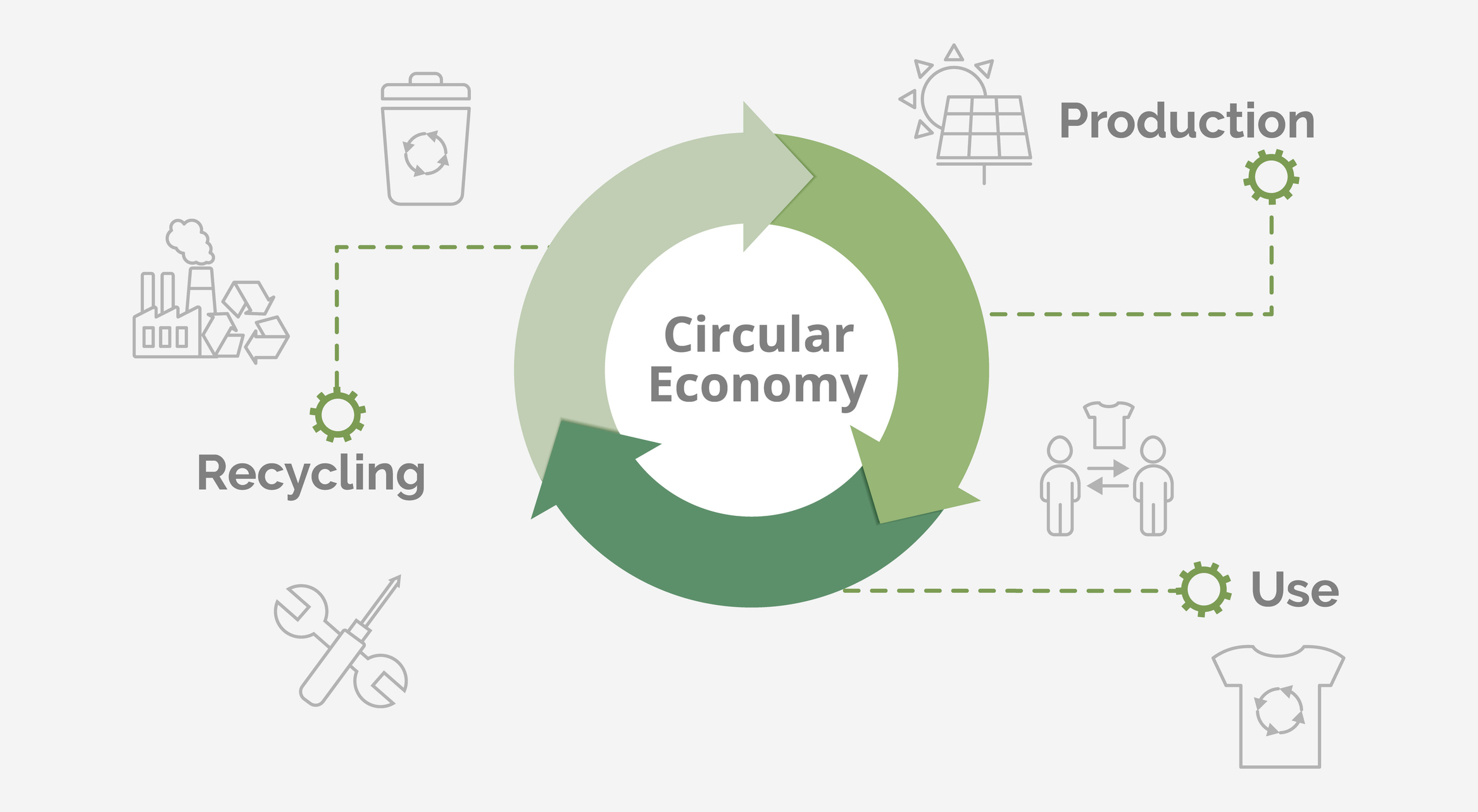Refuse, Reduce, Reuse
While recycling is a great way to recover resources, it's better to cut down on creating waste in the first place. With the Refuse, Reduce, Reuse philosophy, you can minimize your environmental impact significantly. This much needed update to the traditional 3Rs (reduce, reuse, recycle) emphasizes the importance of cutting back on single-use items and considering the lifespan and reusability of items you purchase.
Waste reduction helps to preserve valuable resources like energy and time. This contributes to the circular economy— a positive system that phases our waste and pollution by using what we already have.
The Refuse, Reduce, Reuse approach can help guide us in lowering the amount of garbage we create by keeping items in use for as long as possible. By reducing the waste you generate, you can play a part in combating climate change.

